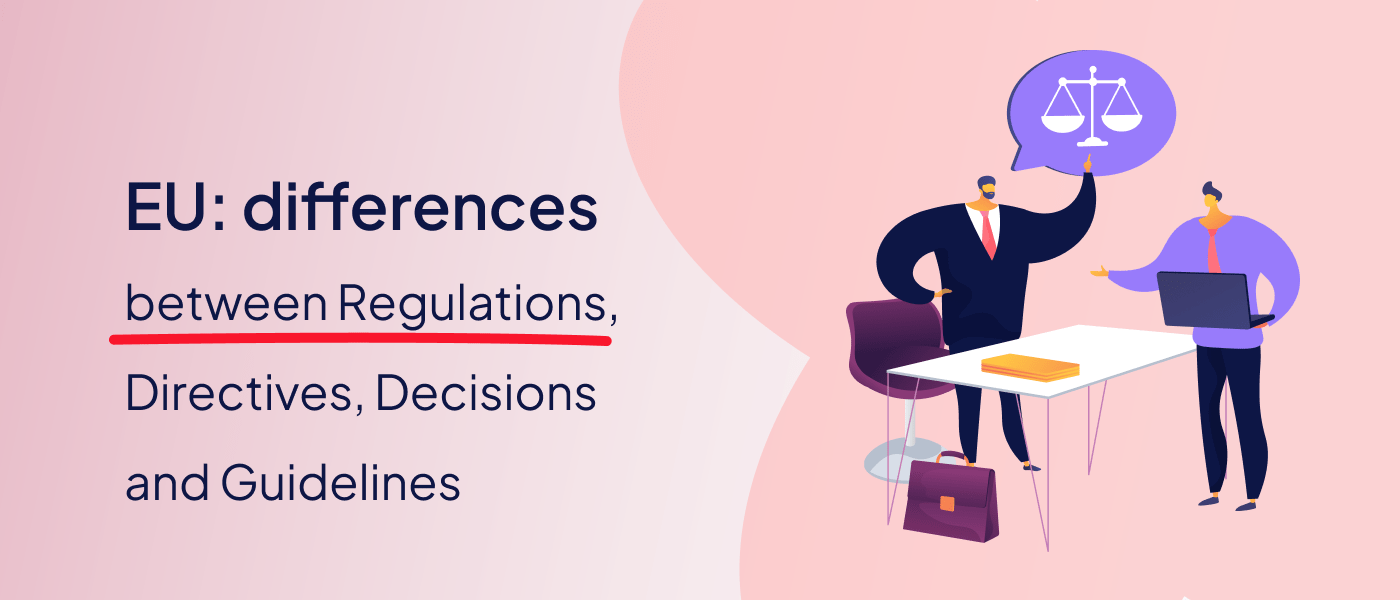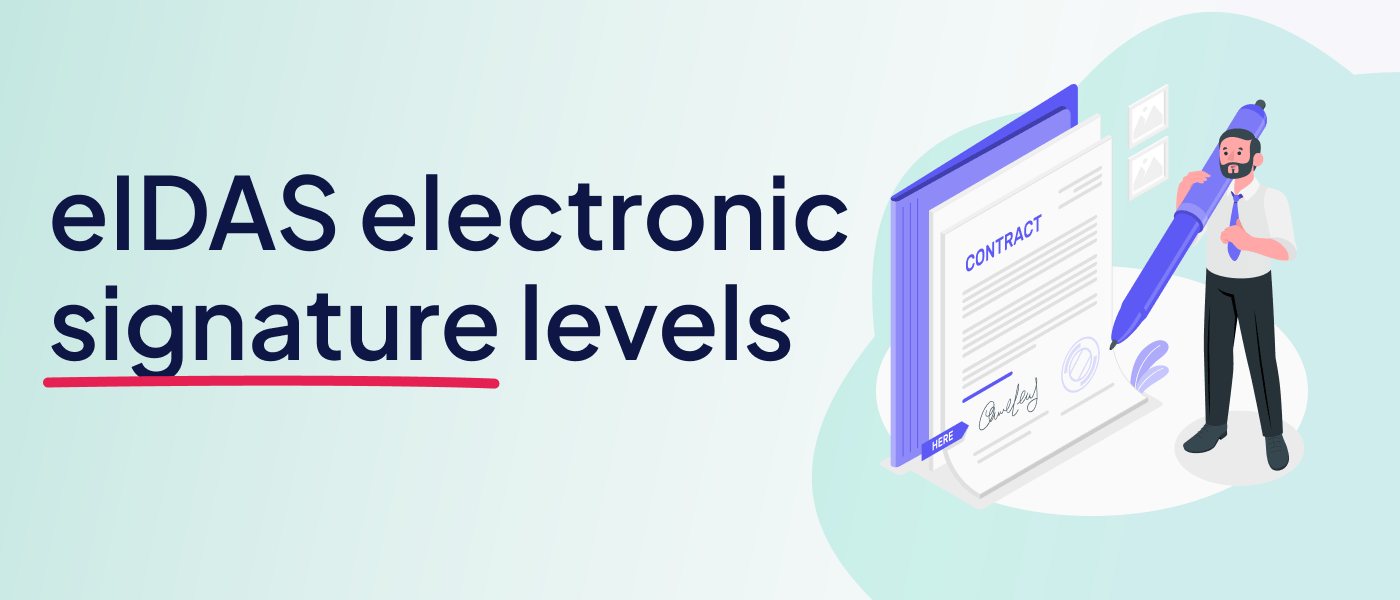Partager :

Understanding EU Legislative Framework: Differentiating Between Regulations, Directives, Decisions, and Guidelines
When it comes to European Union (EU) law, there are four primary types of binding legislation: Regulations, Directives, Decisions, and Guidelines. These can often be confusing due to their differences in purpose, scope, and application. This article aims to clear up the confusion by outlining and differentiating each of these EU legislative terms.
Regulations: The Rulebook
Firstly, EU regulations are binding legislative acts applicable in their entirety throughout the Union. In other words, a regulation is a rulebook and takes effect in all EU member states simultaneously, without the need for national legislation to transpose them into domestic law.
Directives: The Shared Goal
Secondly, EU directives also bind member states. However, unlike regulations, directives specify an objective to be achieved while leaving the national authorities the power to decide on the form and means to reach this goal. Essentially, directives need to be transposed into national law, and the member states have a certain degree of freedom in how they implement these objectives.
Decisions: The Targeted Impact
Thirdly, EU decisions are binding on those to whom they are addressed. This could be one or more member states, an individual, or a company. Decisions do not require national legislation for implementation, similar to regulations. However, unlike regulations, which apply across the EU, decisions are targeted, impacting only the entity or entities to which they are addressed.
Guidelines: The Soft Law
Finally, EU guidelines are different from the aforementioned types as they are not binding. Instead, they serve as a form of ‘soft law’, providing direction and recommendations but without enforceable obligations. Guidelines can offer interpretations of binding legislation or propose methods of achieving policy objectives, but it’s up to the individual member states whether and how to incorporate these suggestions.
To sum up, understanding the differences between regulations, directives, decisions, and guidelines is vital to comprehend the EU legislative framework. Despite their differences, these instruments are all part of a bigger picture – shaping the EU’s laws and policies and guiding its member states towards unified, effective governance.
Written by Edy A.
More posts on this topic


